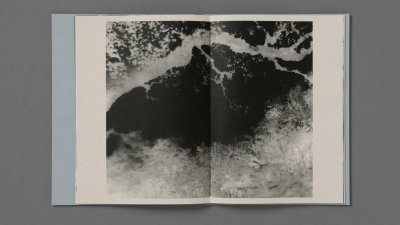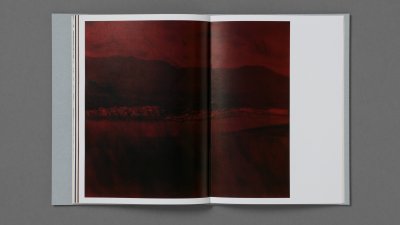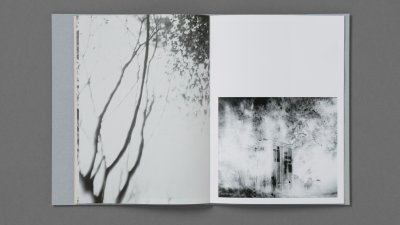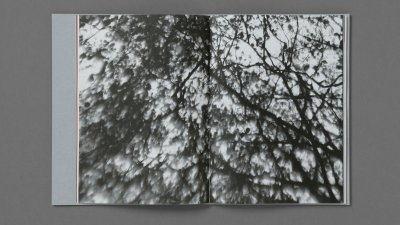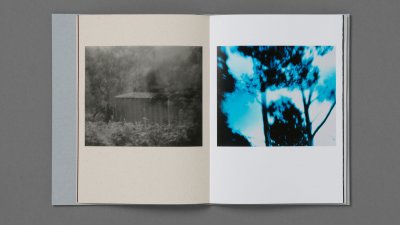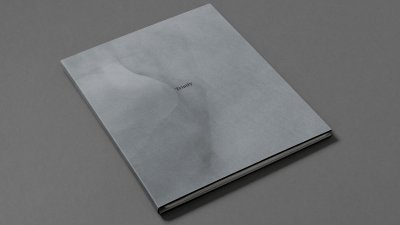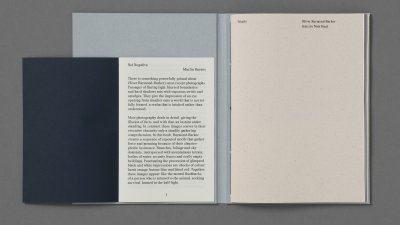Lecturer explores Rosneath's complex history in hand crafted book Trinity
03 February 2022
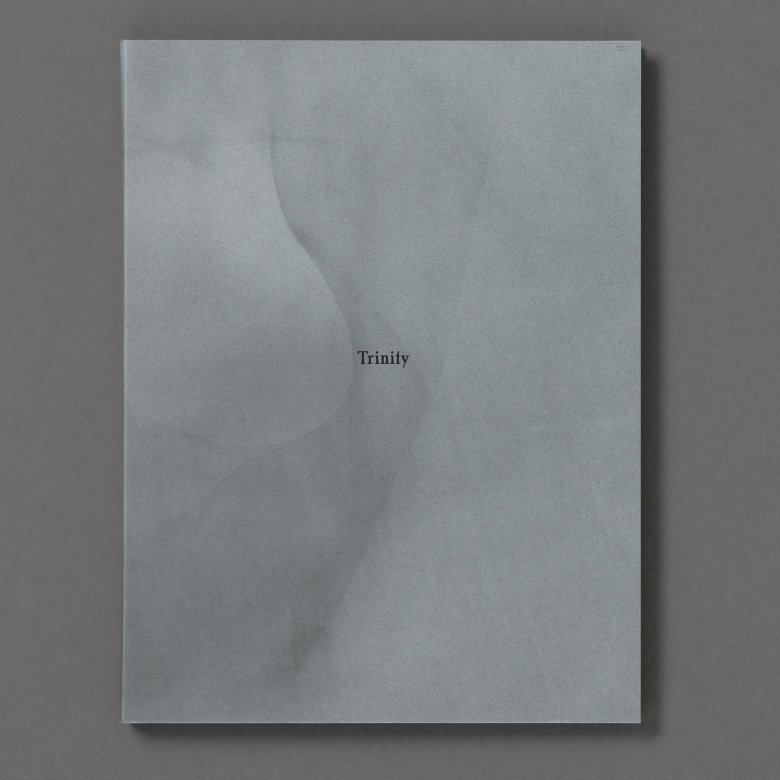
In his debut publication Trinity, photography lecturer Oliver Raymond-Barker connects the realms of ancient Scottish history to contemporary concerns surrounding the UK’s nuclear programme.
Oliver Raymond-Baker, Photography BA(Hons) lecturer, converted his old tent into a portable camera obscura to explore the enchanting land of the Rosneath Peninsula for his publication, Trinity.
Christian pilgrims used to travel to Rosneath, seeking to use the elemental power of nature as a means to gain spiritual enlightenment. Today, the peninsula is home to the UK’s Trident nuclear submarines.
In Oliver’s book, primal images of the Rosneath landscape are punctuated by passages from writer Nick Hunt, who weaves his own memories of visiting the peninsula as an activist in 2002 with the story of St. Modan, who renounced his position as an abbot to live as a hermit in the 6th century (St Modan’s relics are kept at Rosneath Church).
Together they create a narrative that holds a certain strange beauty. The work simultaneously celebrates the peninsula’s landscape and warns against the destructive power lurking beneath its surrounding waters; a part of the world that was once viewed as sacred is now home to devices that could cause widespread destruction at the press of a button.
To fully appreciate the contrasting ideas that Oliver is setting out, it’s important to understand how his portable camera obscura works.
The device consists of a lens attached to a hole on the side of a darkened box, or in Oliver’s case, his tent. Above the lens is a mirror. The light reflects off the mirror, passes through the lens and is projected onto the smaller-scale surface in the encased area – the inside of Oliver’s tent. This projection can then be traced using light sensitive paper. The paper remains ‘blank’ until exposed to a chemical solution, at which point the photograph is revealed.
The technique gives the images an immediacy and physicality that a digital photograph can’t quite convey. It brings a feeling of closeness to the peninsula that you shouldn’t be able to sense as a someone who is yet to visit it.
Photography curator Martin Barnes notes in his foreword that “[Oliver’s] subject is the atmosphere of the place, its spiritual history across time”. After completing Trinity, you question whether that spirit has been poisoned by the weapons that now surround Rosneath. The latter stages of the book contain images that are a mix of ghostly black and white shots, blood red landscapes and, in some instances, changes to the lighting conjure up thoughts of forest fires ripping across the woodland – a warning of what could come?
However you interpret Oliver’s images, Trinity provides a fascinating examination of Rosneath’s complex history - purchase a copy here.
